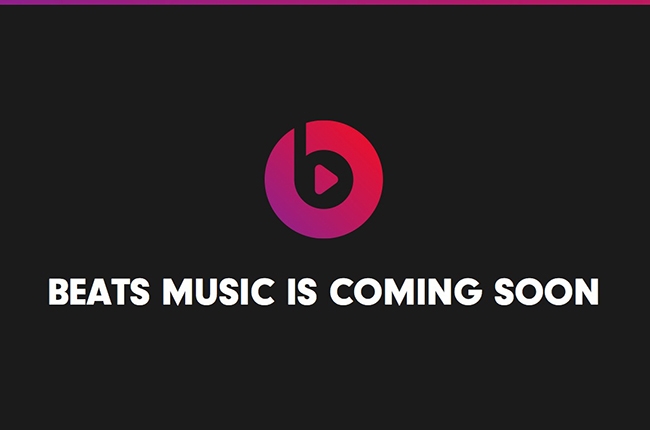
What if this court case results in a ruling that means beats and rhythm can be copyrighted?
[This was my weekly column for GlobalNews.ca. – AC]
When a jury ruled that Robin Thicke and Pharrell Williams had plagiarized Marvin Gaye’s 1977 hit Got to Give It Up for their song Blurred Lines, a lot of songwriters felt a chill blowing in from that courtroom.
In the jury’s estimation, the two songs sounded too much alike and therefore the writers of Blurred Lines infringed on Gaye’s copyright. In short, this was plagiarism, one of the most damaging charges that can be laid on a composer.
The estate was awarded US$7.4 million (later lowered to US$5.3 million on appeal). If you examine the sheet music of both songs, you’ll see that they don’t have much in common note-wise. Where they are similar is the feel and groove. Those musical elements were enough to tip the verdict in favour of Gaye’s people.
“Wait,” said every songwriter ever, “You mean I could be liable for damages if my song happens to feel like another? I can see a problem with sharing a melody or lyrical fragments, but now you can copyright how a song feels? What does that even mean?
This is where it gets really, really scary. Read on.




If this continues, the end of commercial music is nearer than some think…